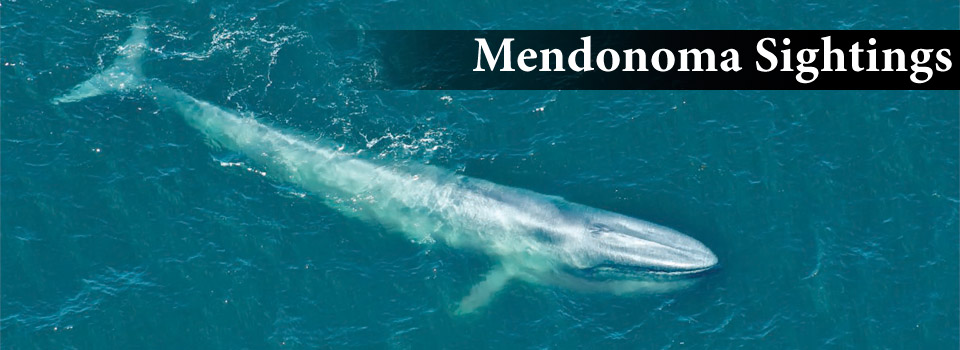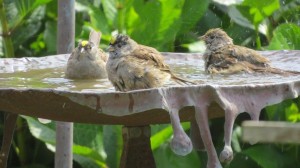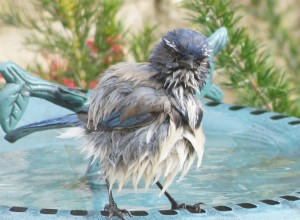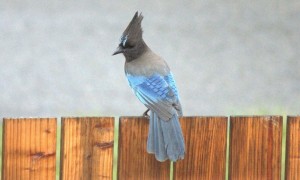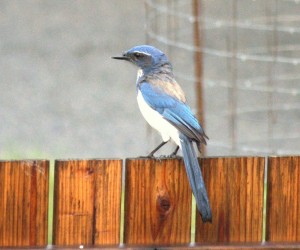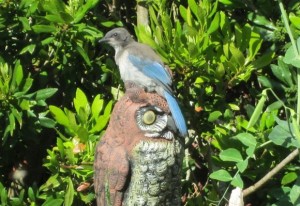This is something you don't see very often, if at all. But here is photographic evidence, this time by Lloyd Kreuser. He saw a Western Scrub Jay perched on the back of a fawn. If you look closely, you can see the jay has some of the fawn's hair in its beak.
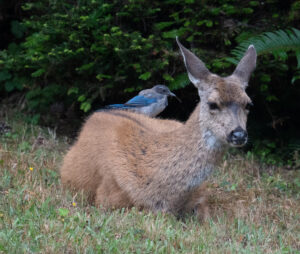 Last month Eric Zetterholm photographed a Cowbird on the back of a Doe. You can view that post at this link: http://www.mendonomasightings.com/2020/07/19/eric-zetterholm-photographed-a-hitchhiking-bird-a-rare-photo/
Last month Eric Zetterholm photographed a Cowbird on the back of a Doe. You can view that post at this link: http://www.mendonomasightings.com/2020/07/19/eric-zetterholm-photographed-a-hitchhiking-bird-a-rare-photo/
Thanks to Lloyd for allowing me to share his photo with you here.
Early morning fog has given way to brilliant sunshine. No smoke from the wildfires and I'm happy to tell you that Highway One to our south has reopened.
